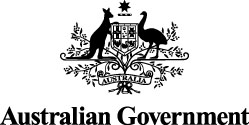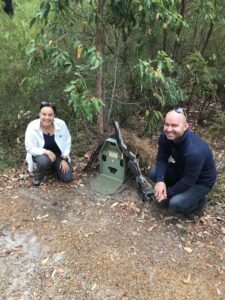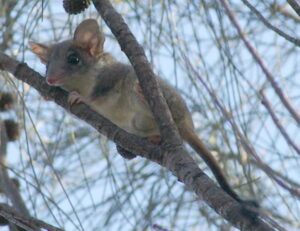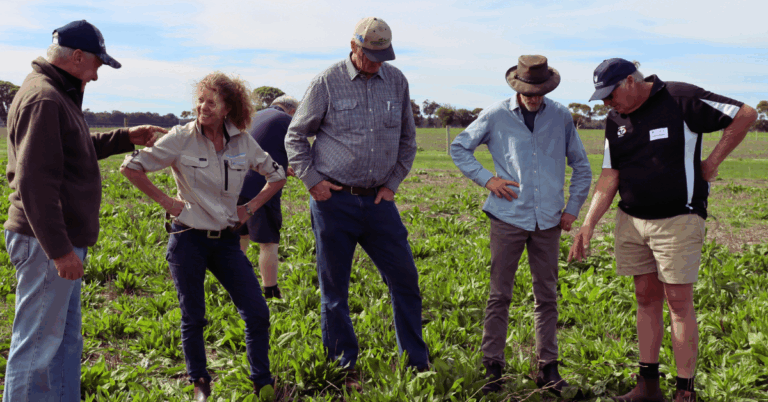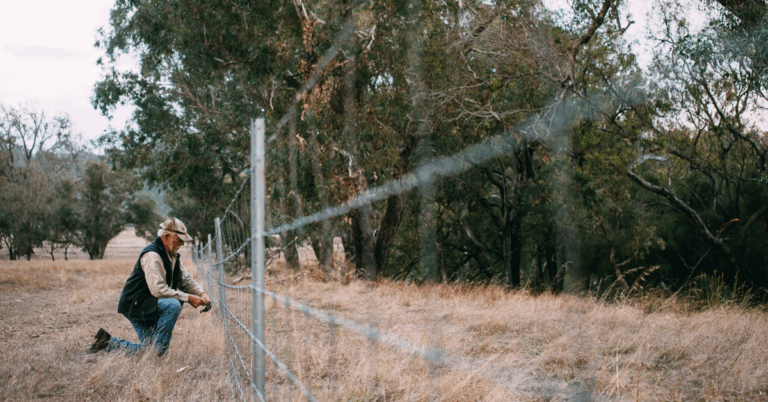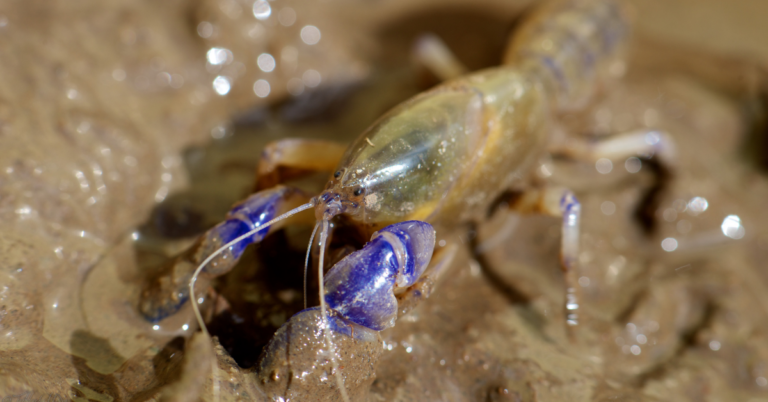We’re building on our achievements between 2018 and 2023 to restore 3 internationally-significant, Ramsar-listed wetlands in our NRM region in partnership with the WA Department of Biodivsersity, Conservation & Attractions (DBCA), local landcare groups, Traditional Owners and Aboriginal Rangers across the region.
The South West NRM region is home to 3 of the 12 Ramsar-listed wetlands in WA.
- Vasse-Wonnerup
- Muir-Byenup
- Lake Toolibin.
What is a ‘Ramsar’ wetland?
Ramsar wetlands are those that are representative, rare or unique wetlands, or are important for conserving biodiversity, and are of international significance. They are included on the ‘List of Wetlands of International Importance’ developed under the Ramsar convention.
All are listed as ‘Specified Assets’ in the South West Region NRM Plan 2021-2030 – a blueprint commissioned by the Federal Government for addressing the South West’s most pressing environmental challenges.
They are not just important to the plants and animals that form part of their unique ecosystems, but also to us! Research shows that wetlands provide a sense of connection to nature and promote mindfulness.
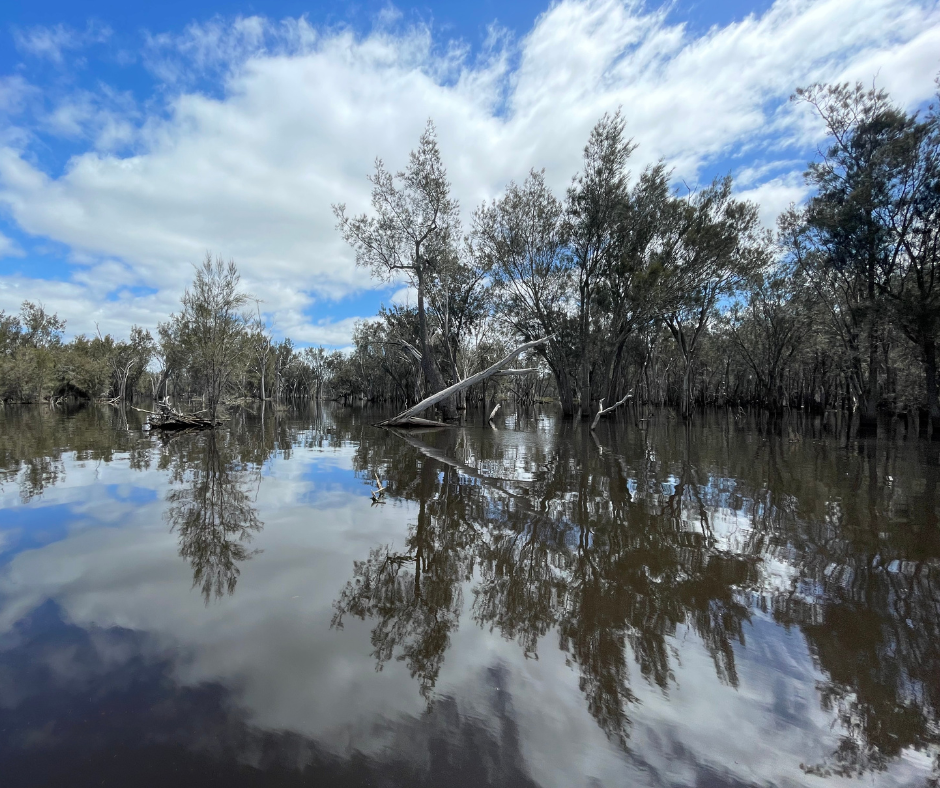

The problem
These wetlands and the ecosystems they support are under threat from water quality decline due to agricultural practices, land clearing and urbanisation, as well as feral and domestic species, weed invasion and a changing climate.

Vasse-Wonnerup is one of the most important waterbird habitats in the whole of Western Australia.
Muir-Byenup is a rare peat wetland system with threatened endemic species including the Australasian bittern (Botaurus poiciloptilus), quokka (Setonix brachyurus) and chuditch, western quoll (Dasyurus geoffroii).
Lake Toolibin is one of the last inland freshwater lakes found in Our South West and includes a Threatened Ecological Community. When full, it supports more breeding waterbird species than all other inland wetlands in our region. It is located within the WA Wheatbelt Woodlands, one of 20 Priority Places identified for attention under the Australian Government’s Threatened Species Action Plan.
What we’re doing about it
South West NRM is working with local communities, regional partners and land managers to manage and mitigate environmental threats and improve the overall health and function of these waterways through research, monitoring and infrastructure improvements.
This second body of Ramsar wetland work set for completion by 2028 aims to further improve condition and reduce threats to ecological character across all 3 wetland sites.
Specific activities include:
Muir-Byenup
Conduct waterbird surveys and undertake a hydrological study to fill knowledge gaps which will assist with management of the wetland in a changing climate
Weed and feral animal control will be undertaken to protect and enhance the wetlands natural vegetation and native fauna species
Vasse-Wonnerup
Conduct a waterbird trophic ecology study to increase knowledge of food sources the birds are using to inform future water management.
Toolibin Lake
Undertake bund wall and outlet remediation works to prevent saline water from entering the wetlands, ensuring it remains a fresh wetland system.
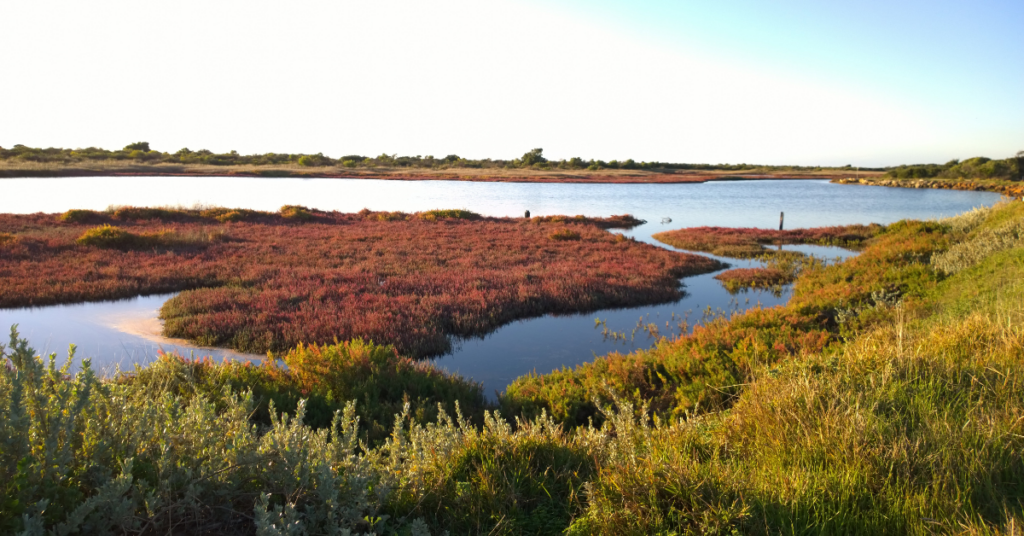
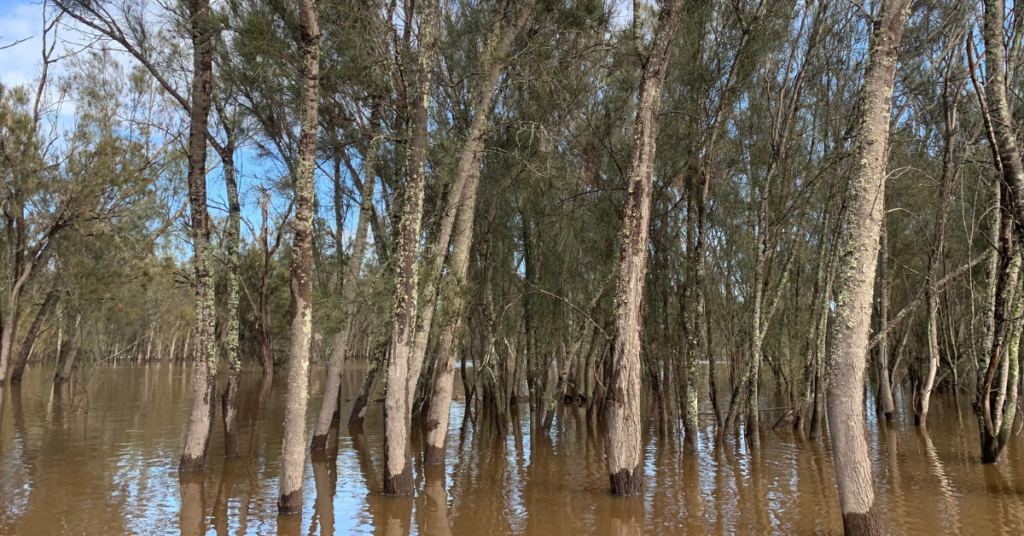
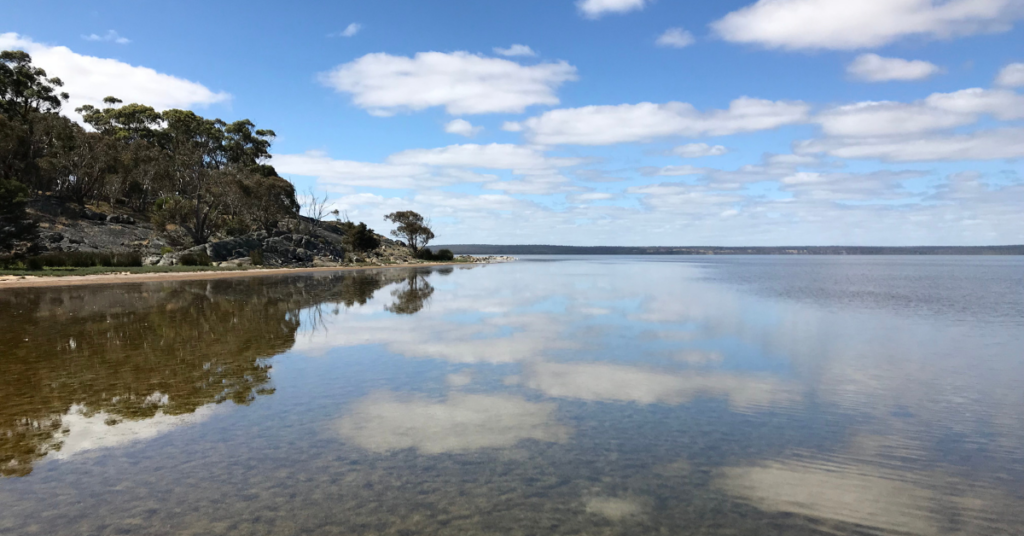
Vasse-Wonnerup Wetland
Lake Toolibin
Lake Muir
Project Partners
This project is funded by the Australian Government’s Natural Heritage Trust and delivered by South West NRM, a member of the Commonwealth Regional Delivery Partners panel.
